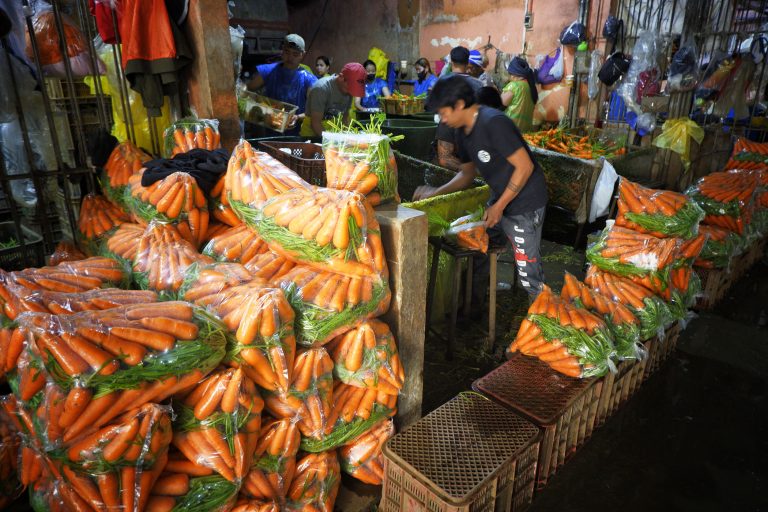Members of the Baguio City Council, during their regular session on March 18, 2024, questioned the P50 million budget allocation for the installation of bicycle lanes along roads within the Central Business District and other national roads in the city.
During the council session, Councilor Betty Lourdes Tabanda sought clarification on how the P50 million budget was intended to be used, particularly regarding the master plan of the project and its actual implementation.
Engr. Richard Lardizabal of the City Engineering Office (CEO) said the P50 million budget had been used primarily for the implementation of the Phase 1 of the project which covered 11 routes. He said there had been additional routes included based on recommendations from other departments.
Lardizabal revealed that there was no comprehensive master development plan for the implementation of the bike lane project. Instead, they were guided solely by initial plans formulated during the leadership of former Traffic and Transportation Management Division (TTMD) Head Juanario Borillo.
Engr. Rodrigo Martinez, current TTMD head, explained that the master development plan had not been completed due to uncertainties arising from issues regarding road-right-of-way (RROW). He said a thorough study and RROW recovery are needed first before preparing the master development plan for the bike lane. In the meantime, he said they would focus on implementing the last three bike lanes, which are shared lanes.
Meanwhile, Vice Mayor Faustino Olowan inquired about the compliance of the CEO with updated guidelines of the Department of Public Works and Highways (DPWH) in designating bike lanes on national roads.
During the inception of the bike lane project in 2021, the city council requested the city’s Bids and Awards Committee for Infrastructure to halt the awarding of the contract for the Phase 1 of the bicycle lane project to give time for the CEO to align the project plan with the updated DPWH guidelines.
The city council members requested a detailed report on the accomplishments resulting from the P50 million budget, including a breakdown of expenses, project completion status, compliance with the DPWH guidelines, and any remaining tasks or future plans related to bike lanes. The CEO was given 15 days to prepare their report.
During the session, Rhey Delmendo of the Baguio Bicycle Enthusiasts Group, presented several observations and suggestions regarding the proposed bike lane ordinance.
Delmendo said the primary concern is not just the bike lane itself but also the concept of shared lanes (sharrows. Especially considering the width of roads in the city. He proposed that the outermost part of the road should be designated as a shared lane where both vehicles and bicycles can coexist safely, allowing them to flow one after the other.
He also pointed out that there are obstructions such as trees, electric posts, and electric wires that pose risks to both motorists and cyclists in dedicated bike lanes.
Furthermore, he suggested a spider web concept for planning the road network starting from the Central Business District and expanding outward. This, according to him, would create a network of sharrows that connect various parts of the city.
Likewise, he emphasized the need for an information and education campaign targeting both motorists and cyclists to address issues such as motorists shouting at cyclists even when the latter are already on the side of the road. He said that road users must be informed that the outermost lane should be shared between vehicles and bicycles. **Jordan G. Habbiling

